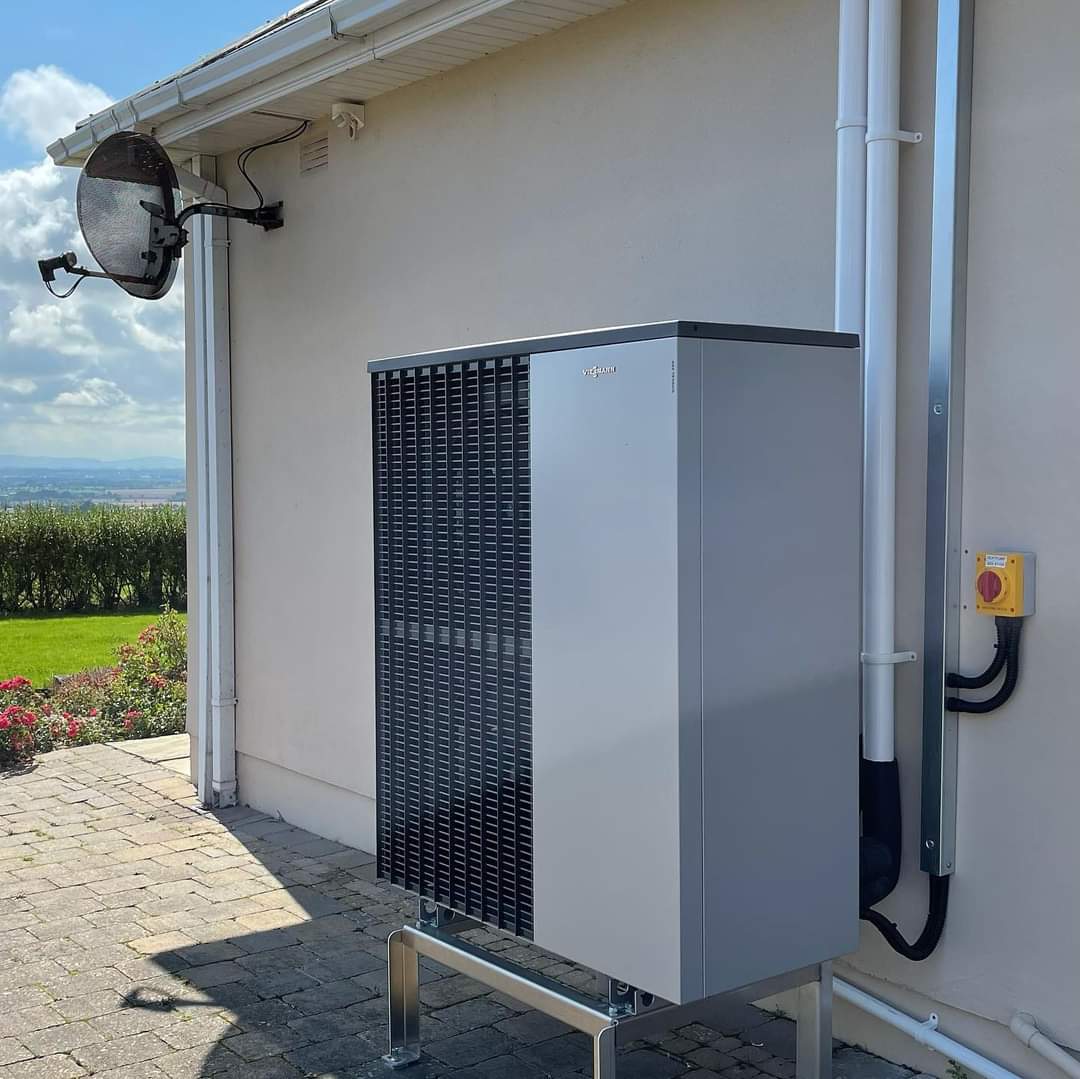In the ongoing pursuit of sustainable living, innovations in energy-efficient technologies play a pivotal role. Among these, Air Source Heat Pumps (ASHPs) stand out as a promising solution for heating and cooling residential and commercial spaces. As the world grapples with the challenges of climate change and strives for carbon neutrality, the adoption of ASHPs emerges as a crucial step towards achieving these environmental goals while ensuring comfort and affordability for consumers.
What are Air Source Heat Pumps?
At its core, an Air Source Heat Pump is a device that transfers heat energy between the outdoor and indoor environments, providing both heating and cooling functionalities. Unlike traditional heating systems that rely on burning fossil fuels, such as gas or oil, ASHPs utilize the principles of thermodynamics to extract heat from the ambient air, even in cold temperatures, and transfer it indoors. This process is facilitated by a refrigerant cycle, similar to that of a refrigerator but operating in reverse.
How Do They Work?
ASHPs consist of three main components: an outdoor unit (the heat exchanger), an indoor unit (the heat distribution system), and a refrigerant. The outdoor unit absorbs heat from the outside air, even when temperatures drop below freezing, and then compresses and transfers it indoors. The indoor unit then distributes this heat throughout the building via underfloor heating systems, radiators, or forced air systems. In summer, the process can be reversed to õhksoojuspumba projekt provide cooling by extracting heat from indoors and releasing it outside.
Advantages of Air Source Heat Pumps:
- Energy Efficiency: ASHPs are highly efficient, capable of delivering more energy (in the form of heat) than they consume in electricity. This efficiency translates to reduced energy bills and lower carbon emissions, making them an environmentally friendly option.
- Versatility: Unlike traditional heating systems that are either on or off, ASHPs can modulate their output according to the heating or cooling demands, providing consistent comfort while consuming less energy.
- Low Environmental Impact: By relying on renewable heat sources, such as the ambient air, ASHPs contribute to reducing greenhouse gas emissions and mitigating climate change.
- Reduced Dependency on Fossil Fuels: ASHPs help decrease reliance on finite fossil fuel resources, promoting energy independence and resilience against volatile fuel prices.
- Long-term Savings: While the initial investment in ASHPs may be higher than traditional heating systems, the long-term savings in energy costs often outweigh this initial expense, resulting in significant financial benefits over the lifespan of the system.
Challenges and Considerations:
Despite their numerous advantages, ASHPs are not without challenges. One key consideration is the suitability of the system for colder climates, as the efficiency of ASHPs may decrease in extremely low temperatures. However, advancements in technology, such as the integration of auxiliary heating systems or the development of more efficient heat pump designs, are continuously addressing this issue.
Additionally, the successful implementation of ASHPs relies on proper sizing, installation, and maintenance. Ensuring that the system is appropriately sized for the building’s heating and cooling requirements, as well as selecting the right model based on climate conditions, is crucial for maximizing performance and efficiency.
